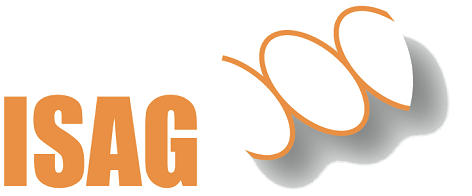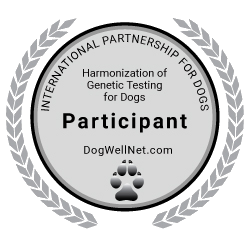Skeletal Atavism* **
Skeletal atavism, an inherited bone development disorder found in Miniature Horses and Shetland...lisää
Disease
Skeletal atavism is a heritable defect of bone development that occurs in Shetland Ponies and American Miniature Horses. It is characterized by the ulna (bone next to radius) and fibula (bone next to tibia) growing too long and failing to fuse to the radius and tibia, leading to abnormal limb development. The defect affects both front and hind limbs, resulting in severe angle anomalies and deformation of the front knee and hock. Horses with skeletal atavism typically display short legs, a low rectangular shape body, narrowing at the knees, clubfoot, and impaired movement. The angles of the legs and pattern of movement progressively worsen as the foal ages, and in most cases, the horse has to be euthanized within six months.
A team of researchers in Sweden identified two independent, overlapping regions in the SHOX gene where DNA sequences were lost (deletions) in affected ponies. The deletions (Del1 and Del2) are of different sizes with the larger deletion (Del1) being more common among ponies. It is estimated that about 12% of Shetland ponies are carriers.
A team of researchers in Sweden identified two independent, overlapping regions in the SHOX gene where DNA sequences were lost (deletions) in affected ponies. The deletions (Del1 and Del2) are of different sizes with the larger deletion (Del1) being more common among ponies. It is estimated that about 12% of Shetland ponies are carriers.
Breed
American Miniature Horse,
Shetland pony
Heredity
autosomal recessive
Test duration
4 - 6 weeks after arrival of the sample in the lab


